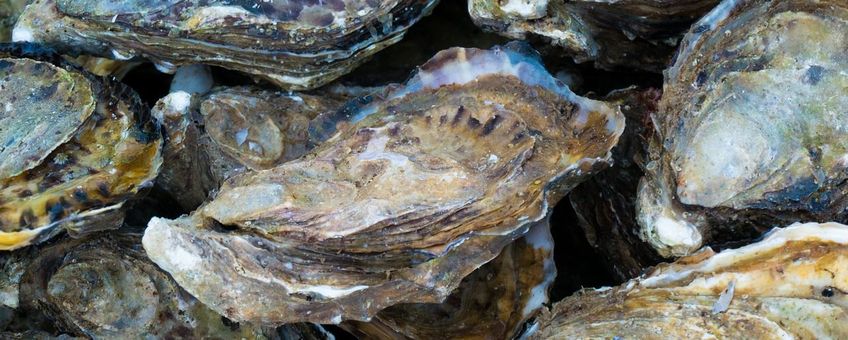
Tracking larval behavior for coral and oyster reef restoration
Dutch Caribbean Nature Alliance (DCNA)Coral and oyster reefs are declining due to various stressors, posing a threat to these vital ecosystems. The low recruitment rates of larvae hinder the recovery of these reefs. Understanding the behavior of these larvae, particularly their swimming and substrate selection, is crucial for restoration efforts. In a recent study, researchers used a high-resolution camera, choice chambers, and behavioral analysis software to study coral and oyster larval behavior in unprecedented detail.
Lights, camera, action
Researchers developed a real-time high-resolution tracking system for coral, oyster, and other marine larvae. The study aimed to understand the behavior of these larvae and develop 'flypaper' substrates with cues to promote larval settlement, aiding reef restoration efforts. The research took place at the marine labs of Wageningen University, the Netherlands, using larvae of the stony golfball coral (Favia fragum) and European flat oyster (Ostrea edulis).
Results
The first step was to establish a breeding population of both species. To do so researchers collected 15 adult Caribbean golfball corals from the Sea Aquarium in Curacao as well as flat oyster larvae from two hatcheries in the Netherlands. Using a high-resolution camera, choice chambers, and behavioral analysis software, the larvae's behavior could be tracked and monitored. The system provided second-by-second spatial data, including swimming pattern, swimming speed, and distance traveled by the larvae.
Implications
Interestingly, being able to identify important settlement cues for these species could have important implications. This knowledge can serve as a foundation for future advancements such as the creation of 'flypaper' substrates, designed to attract larvae and facilitate settlement at desired locations. Or conversely, it opens the possibility of developing deterrents to discourage larvae of undesired fouling species from settling on specific structures.
More information
Read the full report on the Dutch Caribbean Biodiversity Database.
DCNA
The Dutch Caribbean Nature Alliance (DCNA) supports science communication and outreach in the Dutch Caribbean region by making nature related scientific information more widely available through amongst others the Dutch Caribbean Biodiversity Database, DCNA’s news platform BioNews and through the press. This article contains the results one of those several scientific studies but this study is not a DCNA study. No rights can be derived from the content. DCNA is not liable for the content and the in(direct) impacts resulting from publishing this article.
Text: Dutch Caribbean Nature Alliance (DCNA)
Photo: Kate Baucherel
